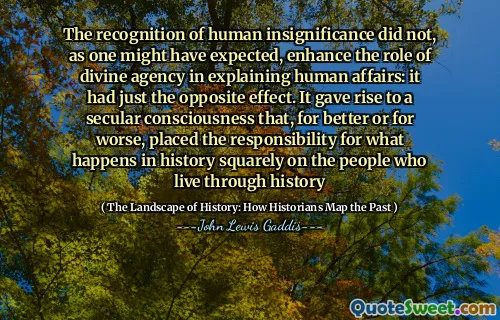"The Landscape of History: How Historians Map the Past" is a thought-provoking work by John Lewis Gaddis that explores the methodologies historians use to interpret and represent the past. Gaddis, a prominent historian, argues that understanding history requires not just a collection of facts but a comprehensive framework that allows for interpretation. He emphasizes the importance of contextualizing historical events within broader narratives to gain deeper insights into their significance.
Throughout the book, Gaddis uses the metaphor of a landscape to illustrate how historians navigate the complexities of time and space. He discusses various approaches to historical analysis, including the use of different scales, from the micro to the macro, which allows historians to draw connections across different epochs and geographic locations. By comparing history to a physical landscape, he encourages readers to consider how historians map their understanding of events through diverse perspectives.
The book also addresses the challenges historians face in their quest to accurately recount events and their implications. Gaddis highlights the importance of critical thinking and evidence-based analysis while also acknowledging the subjective nature of historical interpretation. In doing so, he invites readers to appreciate history as a dynamic field where competing narratives coexist and evolve, ultimately enriching our understanding of the past.
More »
Today Birthdays
1969 -
Sarah Vowell
1966 -
Chris Abani
1988 -
Hayley Williams
1906 -
Oscar Levant
1901 -
Marlene Dietrich
1571 -
Johannes Kepler
1555 -
Johann Arndt
1965 -
Salman Khan
1822 -
Louis Pasteur
1930 -
Meg Greenfield
1966 -
Bill Goldberg
1942 -
Thomas Menino
1986 -
Shelly-Ann Fraser-Pryce
1956 -
Karen Hughes
1960 -
Jeff Fortenberry
1974 -
Masi Oka
1952 -
David Knopfler
1948 -
Gerard Depardieu
1955 -
Barbara Olson
1727 -
Arthur Murphy
